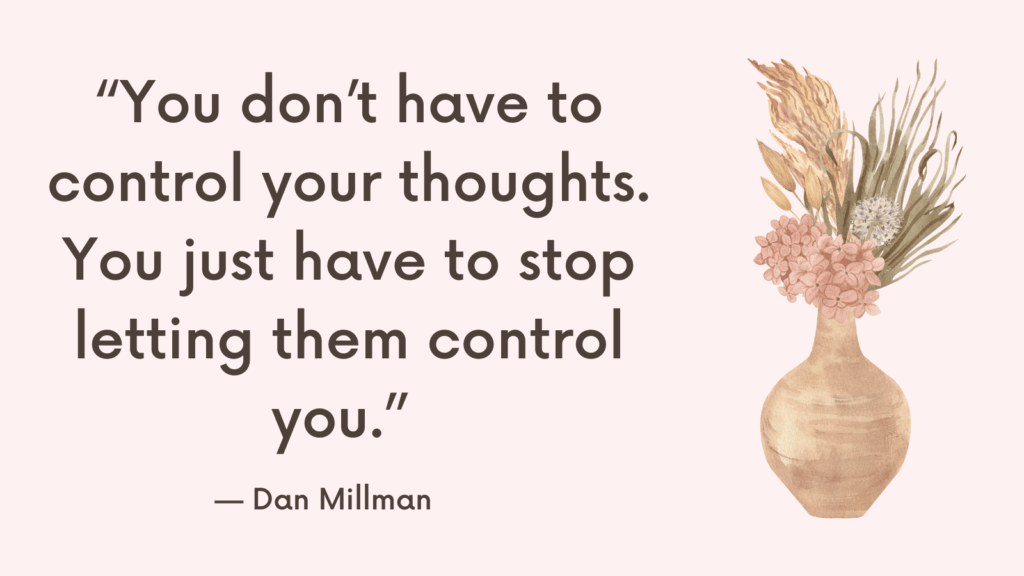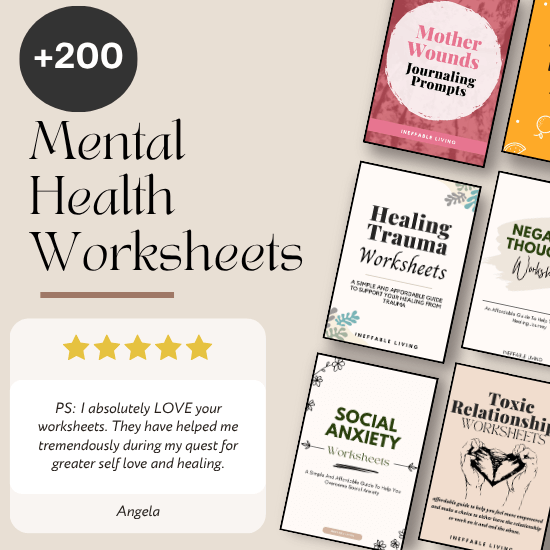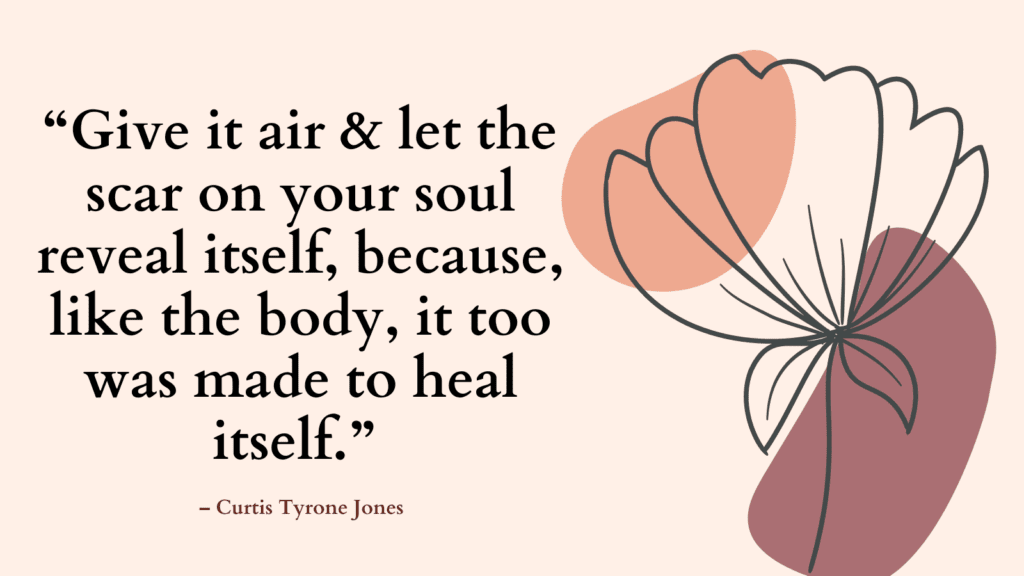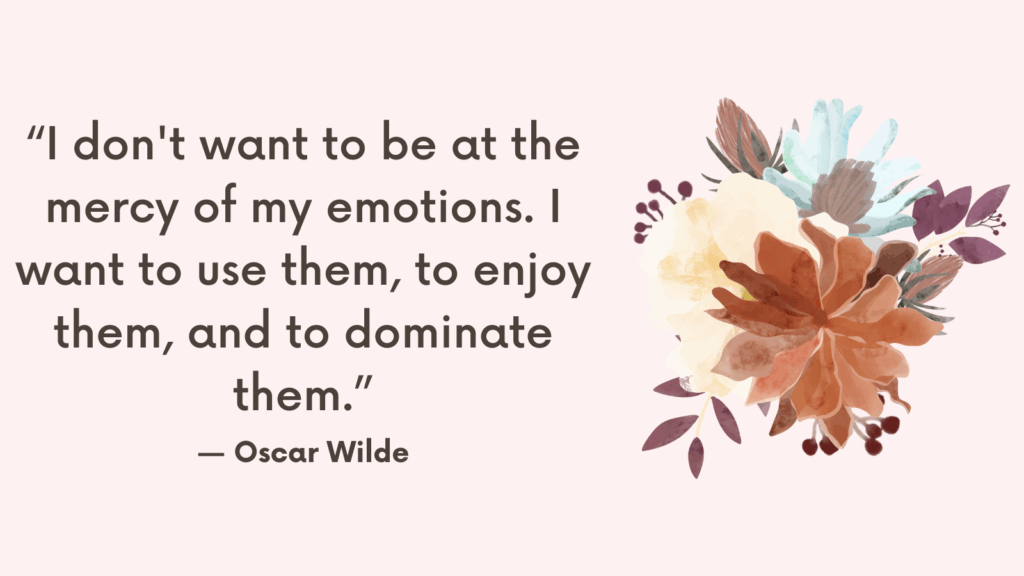Cognitive dissonance happens when your actions, beliefs, or values don’t line up—and the discomfort pushes you to either justify the behavior or shift your thinking. It’s not always dramatic; in fact, it shows up in small, everyday ways where we bend reality to reduce inner conflict.
What Is Cognitive Dissonance?
Cognitive dissonance is the mental discomfort we feel when our actions, beliefs, or emotions contradict each other.
It’s the inner conflict between “what I believe” and “what I just did” or between “what I know is right” and “what I continue to allow.”
The dissonance isn’t just logical — it’s emotional.
It often shows up as anxiety, guilt, frustration, defensiveness, or deep inner confusion.
It’s not a flaw in our character — it’s a natural human response to incongruence. But when left unresolved, it can lead to self-sabotage, denial, or burnout.
Why It Matters
Cognitive dissonance is at the heart of many emotional struggles — especially the ones we can’t name.
It creates internal chaos that seeps into relationships, identity, decision-making, and self-esteem.
Recognizing it helps us make sense of why we feel stuck or scattered — and can help untangle the narratives that quietly shape our behaviors.
What Cognitive Dissonance Feels Like
- “I know this isn’t right… but I’m still doing it.”
- “Why do I keep saying yes when I want to say no?”
- “This doesn’t align with my values, but I don’t want to cause conflict.”
- “I believe in kindness… but I’m exhausted and snapping at everyone.”
- “I want a healthy relationship… but I keep going back to someone who hurts me.”
It’s not just mental tension — it’s emotional friction. A quiet war between two opposing parts of you.
Related: Top 10 Practical CBT Exercises For Generalized Anxiety Disorder Relief
10 Everyday Examples of Cognitive Dissonance
1. Eating Junk Food While Valuing Health
You believe in taking care of your body, yet you grab fast food after work. To reduce the discomfort, you tell yourself: “It’s just one meal—I deserve a treat.”
2. Procrastinating on Important Tasks
You value productivity, but you binge-watch a show instead of finishing a project. To ease the tension, you say: “I work better under pressure anyway.”
3. Buying Expensive Items You Don’t Need
You want to save money, yet you splurge on something unnecessary. To justify it, you think: “It was on sale, so technically I saved money.”
4. Smoking Despite Knowing the Risks
A smoker knows it’s harmful but says: “Lots of people live long lives while smoking” or “It helps me manage stress.” The rationalization dulls the conflict between belief and action.
5. Staying in an Unhealthy Relationship
You believe you deserve respect, but you stay with someone who mistreats you. To cope, you might think: “They’ll change” or “At least I’m not alone.”
Related: High Functioning Anxiety Test (& How To Support Anxiety Recovery)
6. Driving Instead of Taking Public Transport
You care about the environment, yet you drive your car daily. You tell yourself: “One person’s choices won’t make a difference” to reduce the guilt.
7. Justifying White Lies
You believe honesty is important, but you lie to avoid hurting someone’s feelings. You explain it as: “It’s not really lying—it’s being kind.”
8. Skipping the Gym After Paying for a Membership
You value fitness, but you avoid exercise. To reconcile the conflict, you think: “I’ll start fresh next week” or “Rest is just as important as working out.”
9. Eating Meat While Caring About Animals
Someone who loves animals still eats meat. They might say: “It’s natural” or “I couldn’t live without it” to reduce the discomfort.
10. Ignoring Workplace Unfairness
You believe in fairness, but when a boss mistreats a colleague, you stay silent. To justify it, you think: “It’s not my place” or “At least it’s not happening to me.”
Related: How to Relieve Anxious Sensations In Your Body?
How to Resolve Cognitive Dissonance?
1. Acknowledge the Discomfort Instead of Avoiding It
The first step is noticing when your thoughts and actions don’t line up. Instead of brushing it off with excuses, say to yourself: “I feel uneasy because my choices don’t match my values.” Naming it brings clarity.
2. Revisit and Clarify Your Core Values
Sometimes dissonance happens because you’re acting on autopilot. Take time to ask:
- “What matters most to me right now?”
- “Which values do I want guiding my choices?”
Clear values make it easier to see where you’re out of alignment.
3. Adjust Behavior to Match Beliefs
If health is a priority but your habits conflict with it, start small: choose a healthier meal, take a short walk, or reduce smoking. Even small actions shrink the gap between values and behavior.
4. Re-examine Beliefs Honestly
Sometimes beliefs themselves need updating. For example, if you believe “I must always please others to be good” but feel drained, the belief—not the behavior—may be the problem. Ask: “Is this belief true, helpful, or outdated?”
5. Reduce Justifications and Excuses
Pay attention to the stories you use to ease guilt—“I’ll start tomorrow,” “It’s not that bad.” These rationalizations keep dissonance alive. Replace them with direct ownership: “I chose this, and I can choose differently next time.”
6. Take Small, Consistent Steps Toward Alignment
Resolving dissonance doesn’t require instant overhaul. If money stress and spending habits clash, try tracking expenses for a week instead of aiming for perfect budgeting. Small progress reduces the inner conflict.
Related: 30 Coping Skills for Anxiety and Depression
7. Seek Feedback and Support
Sometimes dissonance is hard to spot alone. Talking to trusted friends, mentors, or therapists can highlight blind spots and remind you of the values you want to live by.
8. Accept That Some Dissonance Is Inevitable
You won’t always align perfectly with your values. The goal is not zero dissonance, but awareness and course correction. Self-compassion keeps you moving toward growth without drowning in guilt.
Related: Top 7 Signs of High-Functioning Anxiety (+FREE Worksheets)
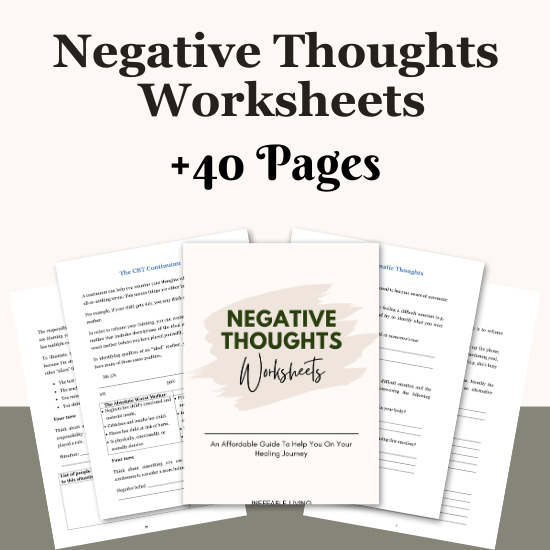
Conclusion
Cognitive dissonance is part of daily life. We all experience moments where our actions clash with our values—and to avoid discomfort, we create stories that make the contradiction feel less sharp. Noticing these patterns is the first step toward living in greater alignment with what you truly believe.
